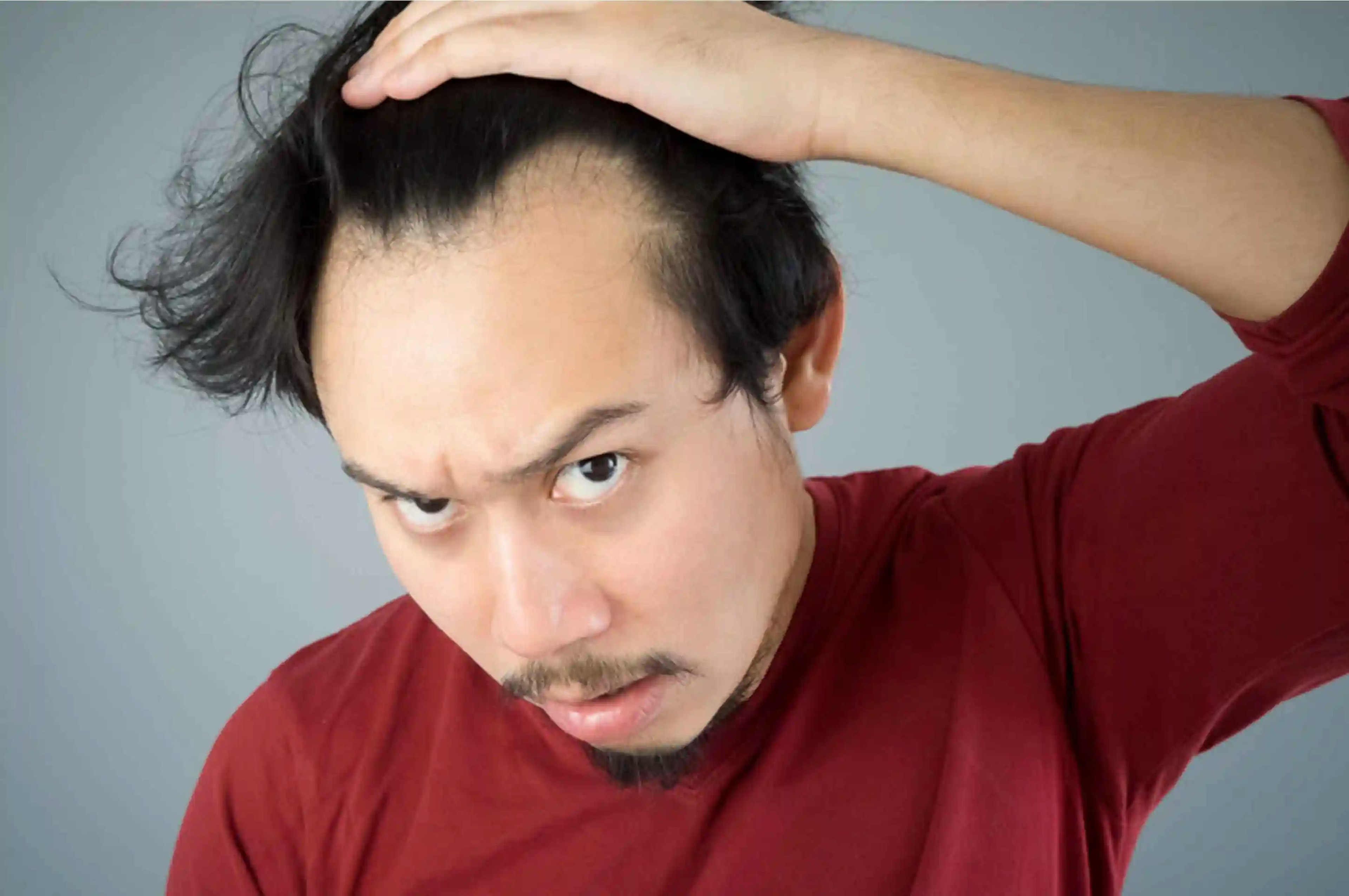
Men losing hair at a very early age and older generation people of more than 50 also e hair transplant done as Hair transplant procedures are quite affordable and accessible near by all the areas of metro cities. The demand is growing along with the growing hair loss problems in men and women. What age group does hair transplant produce the best results? Who is a suitable candidate for a hair transplant? What age criteria should be used to increase the success rate of hair transplants? As a rule of thumb, patients should consider hair transplant surgery if they have turned 30 or older. Clients younger than 30 ought to consider hair loss medications first to stabilize their hair loss before considering surgery like a Sapphire micro FUE. This is because there is a risk that younger clients continue to lose hair after having a hair transplant, making the result redundant. A hair transplant should only be considered in a client whose hair loss has stabilized. Hair loss stabilizes as you age or if you take medications like topical applications Minoxidil, undergo prp therapy or Oxygen laser therapy. For a 20-year-old man who feels he is losing his hair, a hair transplant early on may seem like a good option, so he can continue to have a youthful, fuller head of hair. However, whatever hair is transplanted will always be there. Over the next 10 years, his hair loss may begin to progress and he’ll be left with a permanent strip of transplanted hair. Unfortunately, this won’t be natural looking and the treatment to redo the transplant is an additional expense. If you are worried about hair loss whilst you are still young, you could undergo a preliminary transplant to add density to the hairline, however, you will likely need additional treatment as you become older. Hair transplants are well-suited to individuals who still have hair on the back and sides of their head, as the front and crown can be restored to match the position, orientation, and angulation of the native hair follicles.



